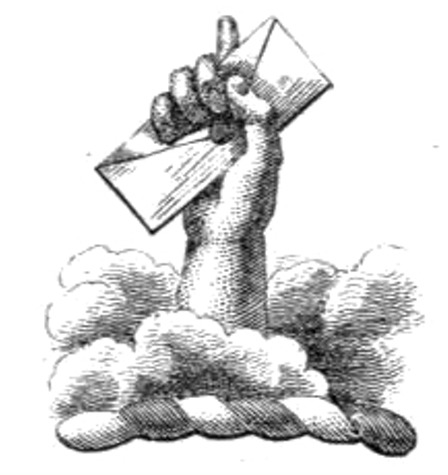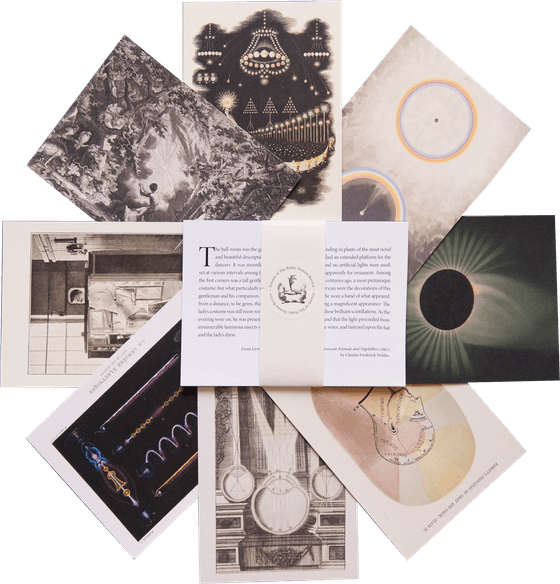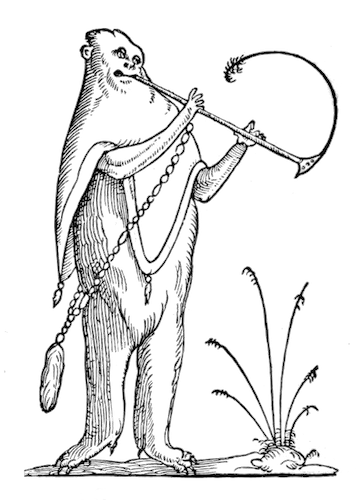
Tangled Dürer: The Six Knots (ca. before 1521)
In Peter Cornell’s 1987 novel, The Ways of Paradise: Selected Notes from a Lost Manuscript, the elusive, unnamed scholar-protagonist writes, “Leonardo da Vinci’s and Dürer’s labyrinthine knots without beginning or end can be seen as maps of the universe.” The knots he references are six compositions originally created as engravings attributed to a similarly mysterious “Academy of Leonardo da Vinci” and later translated into woodcuts by the much better documented Albrecht Dürer (1471–1528). Cornell’s scholar is obsessed with epistemological systems, and in his random (or not?) array of notes, one can discern a desire to unify disparate ordering schemes of human invention. Freud, etymology, and pilgrimages are among his fixations. The knots, each a contained, regulated infinitum, are drawn into the scholar’s web of discrete knowledge systems.
Each knot is in fact a group of intricately entwined infinity loops made up of repeating patterns that follow circular paths. Four smaller, single loops of roughly triangular formation frame each of the knots, effectively squaring the circles with the rectilinear sheets of paper on which they are printed. In the Leonardo engravings, these smaller, “framing” knots are detached; Dürer, however, enclosed the central knots and the peripheral ones within continuous, dark backgrounds.
Unfortunately for Cornell’s scholar, Susan Dackerman’s enlightening book, Dürer’s Knots: Early European Print and the Islamic East, was published some forty years after Cornell “compiled” his notes. If he had read Dürer’s Knots, our questing narrator would have been delighted to learn that the compositions emerged from networks of knowledge and trade that — rather like the knotted loops themselves — spiraled out (from Nuremberg, the site of their creation, to Venice, then to Mamluk imperial lands in Egypt and Syria), and then swung back inward (to Central Europe). During their lifetimes, both Dürer and Leonardo had traveled to Venice, the Mediterranean entrepôt where raw materials and finished goods flowed from Europe, North Africa, and the Near East. Although Dürer’s woodcuts are translations of the Leonardo-affiliated engravings, the German artist almost certainly was aware of the patterns’ connection to Mamluk decorative metalwork of the fifteenth and early sixteenth centuries — significant amounts of which were traded in Venice. Dürer most likely made the knots shortly following the conclusion of his second visit to the port city in 1507.
Dackerman lays out the outward-sprawling and inward-turning networks of Dürer’s knots: Dürer’s hometown, Nuremberg, was an important metallurgy center, and the city was a leading exporter of silver, copper, and brass, both in raw form and as finished products. Many of these metallic commodities were destined for Venice, where German merchants unloaded them for profit and Venetian traders subsequently sold them to merchants and artisans in Mamluk Egypt and Syria. There, craftsmen such as the renowned Mahmud al-Kurdi transformed precious metals into splendid brass objects with silver inlay, many of which were then exported to Europe, which they entered through Venice.
Dackerman also astutely hones in on the wiry appearance of Dürer’s knots. She notes that Nuremberg’s hydro-powered “wire drawing” mills — one of which Dürer rendered in a watercolor sketch — yielded ample quantities of copper and brass wire for export and that fine metal wire was used by Mamluk artisans for the inlay of their precious objects. She argues that regardless of whether the Mamluk wares Dürer encountered in Venice were made with Nuremberg wire specifically, the knowledge of his home city’s industry and his artisanal sensibility as a goldsmith’s son “were present in the artist’s material imagination”. It is a revelation that would have delighted Cornell’s scholar. Note number five from his fictive manuscript reads, “‘Paradise’, from Old Persian pairidaeza, meaning ‘enclosed garden, park.’” The wires of Dürer’s knots do, in a sense, chart the paths of entwined networks — of knowledge, commodities, cultural and material translation, repeating idealistically within a flourishing system.
Enjoyed this piece? We need your help to keep publishing.
The PDR is a non-profit project kept alive by reader donations – no ads, no paywalls, just the generosity of our community. It’s a really exciting model, but we need your help to keep it thriving. Visit our support page to become a Friend and receive our themed postcard packs. Or give a one-off donation. Already a supporter? A huge thank you for making all this possible.
The First Knot
The Second Knot
The Third Knot
The Fourth Knot
The Fifth Knot
The Sixth Knot
May 6, 2025






